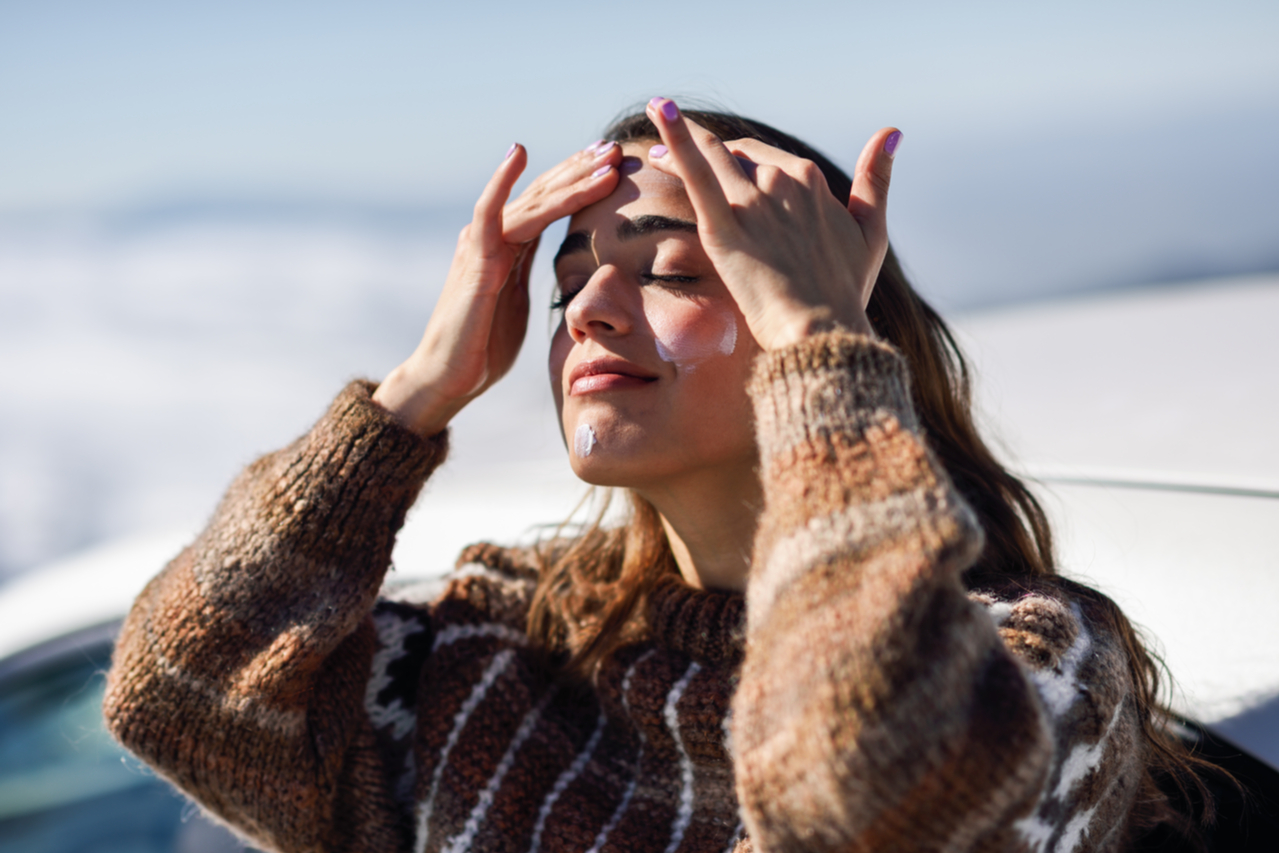Sun Protection 101: Keeping Your Skin Safe All Year Round
Just because summer is coming to an end, does not mean you should ditch your sun protection skincare routine. The sun’s rays can cause skin damage in both the warmer and cooler months, making it vital to keep consistent with using a daily SPF to prevent skin damage. In fact, most people don’t realize that sun damage occurs 365 days of the year, including cloudy days where 80 percent of the sun’s rays penetrate through the clouds reaching your skin.

The Science of a Sunburn
Considering your skin is the largest organ of the body, keeping it healthy starts with protecting it from the inside out. While good nutrition and living a healthy lifestyle will help nurture your skin from the inside, keeping it protected on the outside takes a different approach.
As your skin is exposed to the sun’s rays, it shrinks and loses the oils that keep it bouncy and plump. It starts to dry up, wrinkle, and lose its elasticity. Not exactly pleasant news. However, with proper sun protection, the skin can grow stronger, produce protective oils, and maintain a glow and bounce that you desire.
In addition, protecting yourself from the sun’s harmful rays is the single best way to reduce your risk of melanoma. Experts estimate that more than 90 percent of skin cancers stem from overexposure to tanning beds and the sun’s ultraviolet radiation.
Did you know that a tan, even a base one, is a sign of sun damage? It’s actually your body’s response to ultraviolet (UV) radiation in sunlight, which causes direct damage to your cells. Signs of sun damage include everything from sunburn, peeling, dry skin, wrinkles, redness, and sunspots.
Which Sunscreen Is Best?
Let’s face it, the sunscreen aisle can be overwhelming. There are so many products SPF, UVA, UVB, waterproof, water-resistant, sports and kids protection, etc, etc, etc! All of these labels just add to the confusion, making it tricky to figure out what is best for your skin. Thankfully, we’ve deciphered all the information so you can make an informed decision. All sunscreens are definitely not created equal, and there a number of things to look out for when choosing the right sunscreen. Although using any sunscreen is better than using none, certain work to protect your skin better than others.
- Use Zinc Oxide or Titanium for Sensitive Skin
- Choose SPF 30 Or Above
- Choose Water Resistant
- Lotion or Spray?
- Bottom-Line
Use Zinc Oxide or Titanium for Sensitive Skin
The vast majority of sunscreens sold in the US are meaning the sun protection is provided by chemicals your skin absorbs versus mineral sun protection, which sits on top of your skin and is not absorbed. The best, broadest sun protection comes from zinc oxide. Unlike the chemical sunscreen ingredients like avobenzone and oxybenzone, it is not absorbed into your body making it a more natural approach to skincare.
Choose SPF 30 Or Above
An SPF of 30 will block 97 percent of the sun’s harmful rays. There hasn’t been any research to prove that using anything higher than SPF 30 is any better or will provide more protection. Therefore, you can feel confident in using this number as a guideline.
Choose Water Resistant
The water-resistant types of sunscreen are also good for hot days or while playing sports. Keep in mind these types of sunscreens are stickier and need to be reapplied every two hours. No sunscreen is actually waterproof or sweat-proof, so steer clear of sunscreens that make this claim.
Lotion or Spray?
I understand the convenience of spray sunscreen over creams or lotions, but you may not be getting adequate protection. It’s challenging to determine if spray sunscreens adequately cover all of the sun-exposed skin, especially when it’s windy. This means you could possibly miss some spots, leaving some areas of the skin exposed and at risk for sun damage. Creams and lotions to a better job at penetrating the skin more evenly and don’t blow away in the wind making them a better option.
Bottom-Line
It’s also so important to remember that sunscreen is just one part of sun production. In addition to using sunblock, wear sun-protective clothing, and accessories such as a brimmed hat and UV-blocking sunglasses for total protection. If you’re outside during peak sun hours, try and stay in a shady area for better sun protection.








